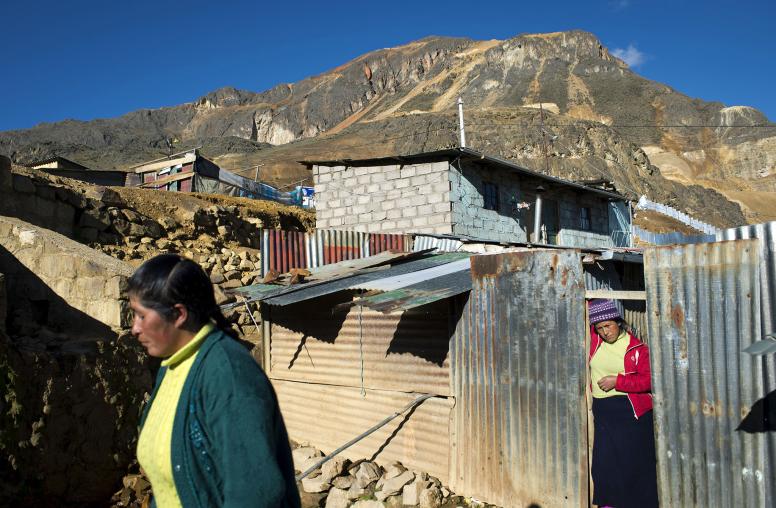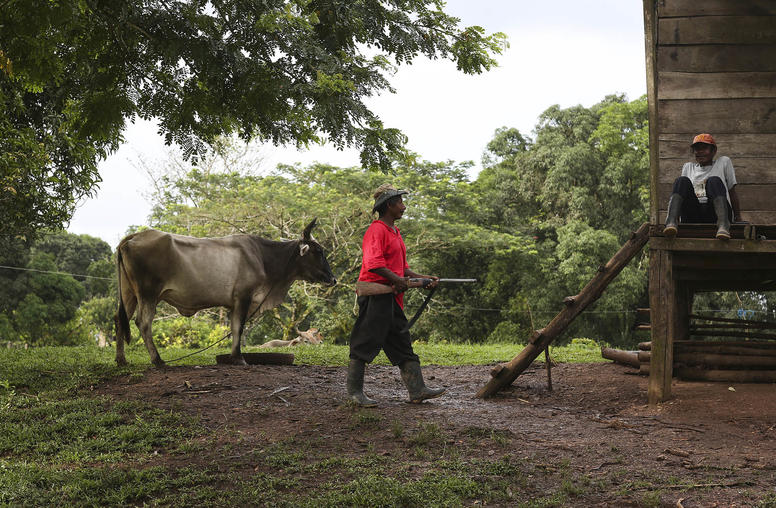Truth Commission: Peru 01
Truth Commissions Digital Collection
Truth Commission: Truth and Reconciliation Commission
Duration: 2001 - 2003
Charter: Supreme Decree No. 065-2001-PCM
Commissioners: 12
Report: Public report
Truth Commission: Truth and Reconciliation Commission (Comisión de la Verdad y Reconciliación, CVR)
- Vol. 1: Introduction (PDF-874KB)
- Vol. 1: Chapters 1-4 (PDF-4599KB)
- Vol. 2 (PDF-9912KB)
- Vol. 3 (PDF-13595KB)
- Vol. 4 (PDF-9945KB)
- Vol. 5 (PDF-17951KB)
- Vol. 6 (PDF-16337KB)
- Vol. 7 (PDF-19171KB)
- Vol. 8 (PDF-8275KB)
- Vol. 9 (PDF-5557KB)
- Annex (PDF-31082KB)
- Based on statistical analysis, the CVR's final report estimated that the total number of people who died during the conflict period is between 61,007 and 77,552, in addition to hundreds of thousands of displaced persons.
- The Shining Path was the principal perpetrator of crimes and human rights violations, responsible for 54% of the deaths.
- The Túpac Amaru Revolutionary Movement was responsible for 1.5% of the deaths.
- The State, military, police, other security forces, political parties, and each of the governments in power during the conflict, most notably the administration of Alberto Fujimori are responsible the remaining deaths.
- The legislature, judiciary, civil society, media, and the educational system were co-opted in the perpetuation of violence and violent ideology.
- The commission outlined the need for reparations, specifically noting that the majority of the victims were poor indigenous peasants who have traditionally been marginalized socially and economically.
- The CVR also called for national reconciliation and acknowledgement and acceptance of Peru's multiethnic and multilingual composition.
- Prosecutions and institutional reforms were encouraged but not required.
- In November 2003, President Toledo publicly apologized on behalf of the State “to those who have suffered”.
- A civil anti-terrorism court sentenced the Shining Path's leader and his deputy to life in prison and delivered lesser sentences to ten other leaders on October 13, 2006.
- On January 3, 2003, the Peruvian Constitutional Tribunal found some laws that formed part of Fujimori's 1992 anti-terrorist legislation to be unconstitutional. Life imprisonment and for military courts to try civilians for "treason" were ruled out. In 2004, the Constitutional Tribunal confirmed the right to know the truth in disappearance cases.
- Arrest warrants have been issued against several military officials in connection with the executions or disappearances of more than 50 individuals at a military base. The case is ongoing.
A High-Level Multisector Commission was created in early 2004 to follow-up the CVR’s recommendations relating to peace, collective reparations, and national reconciliation. The Congress then passed reparations legislation in July 2005. Although the reparations processes have been fraught with delays, the National Council for Reparation, established in October 2006, began in early 2008 to register victims in order to provide individual reparations according to the CVR recommendations.


